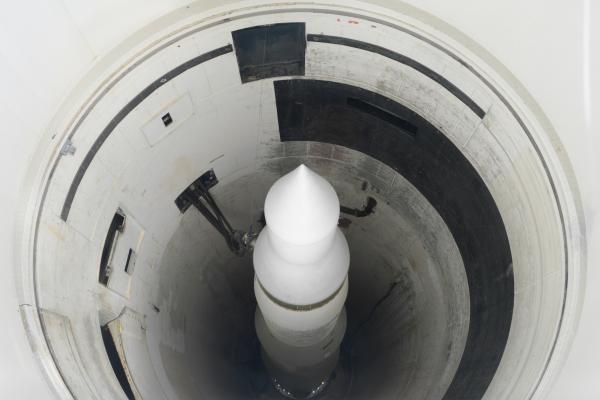Jul 7, 2016
In the historic port city of Yalta, located on the Crimean Peninsula, I visited the site where Churchill, Roosevelt, and Stalin, in February of 1945, concluded negotiations ending World War II.
These leaders and their top advisers were also present at the creation of the United Nations and other instruments of international negotiation and non-military cooperation. Tragically, the creation of the “Cold War” was underway soon after.
Read the Full Article

Already a subscriber? Login
